
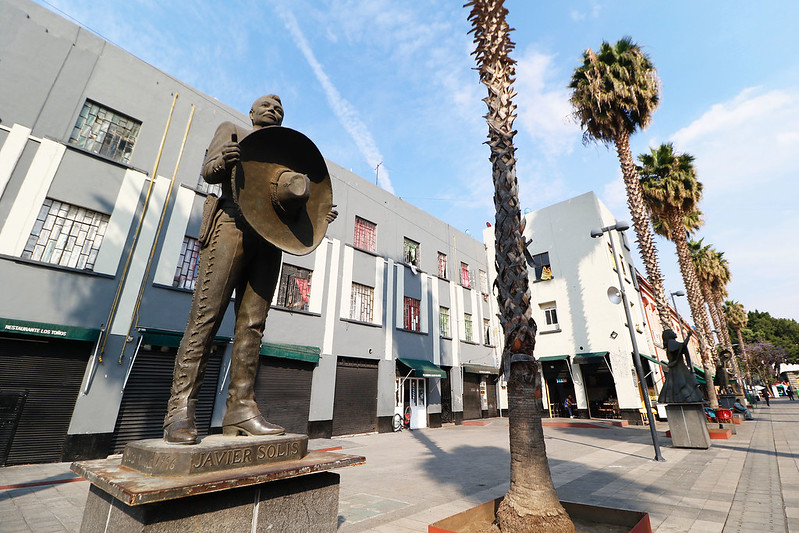
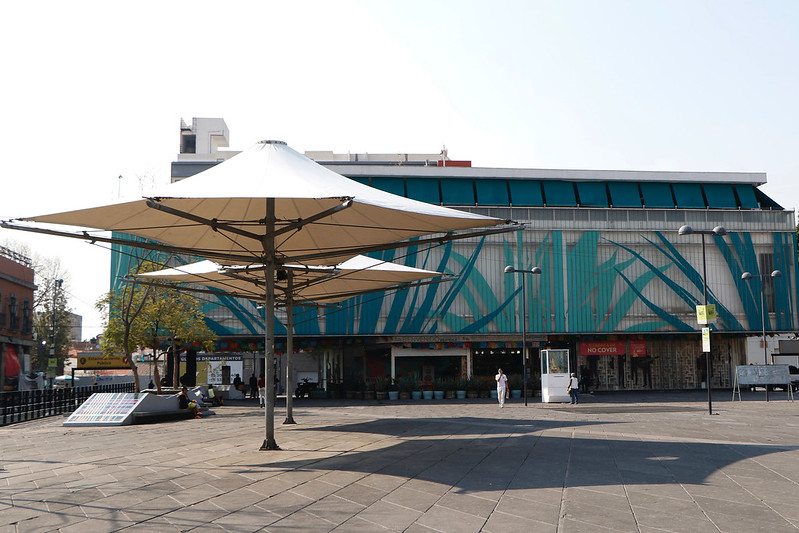
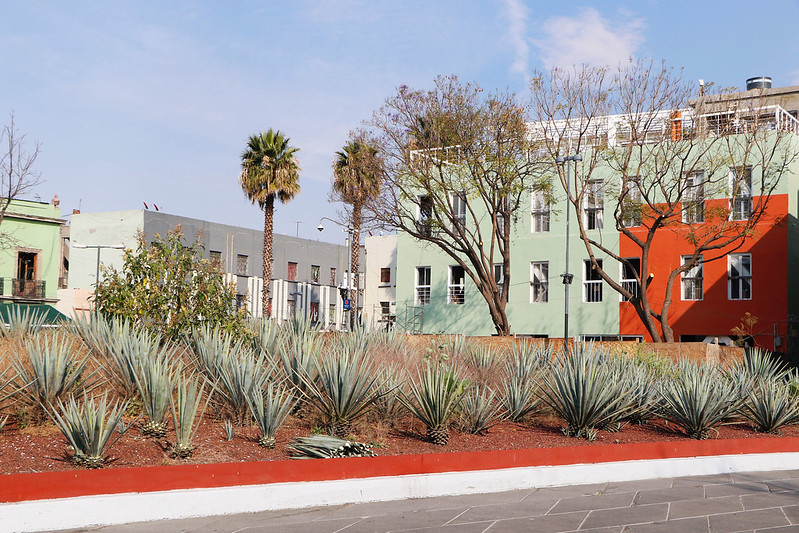
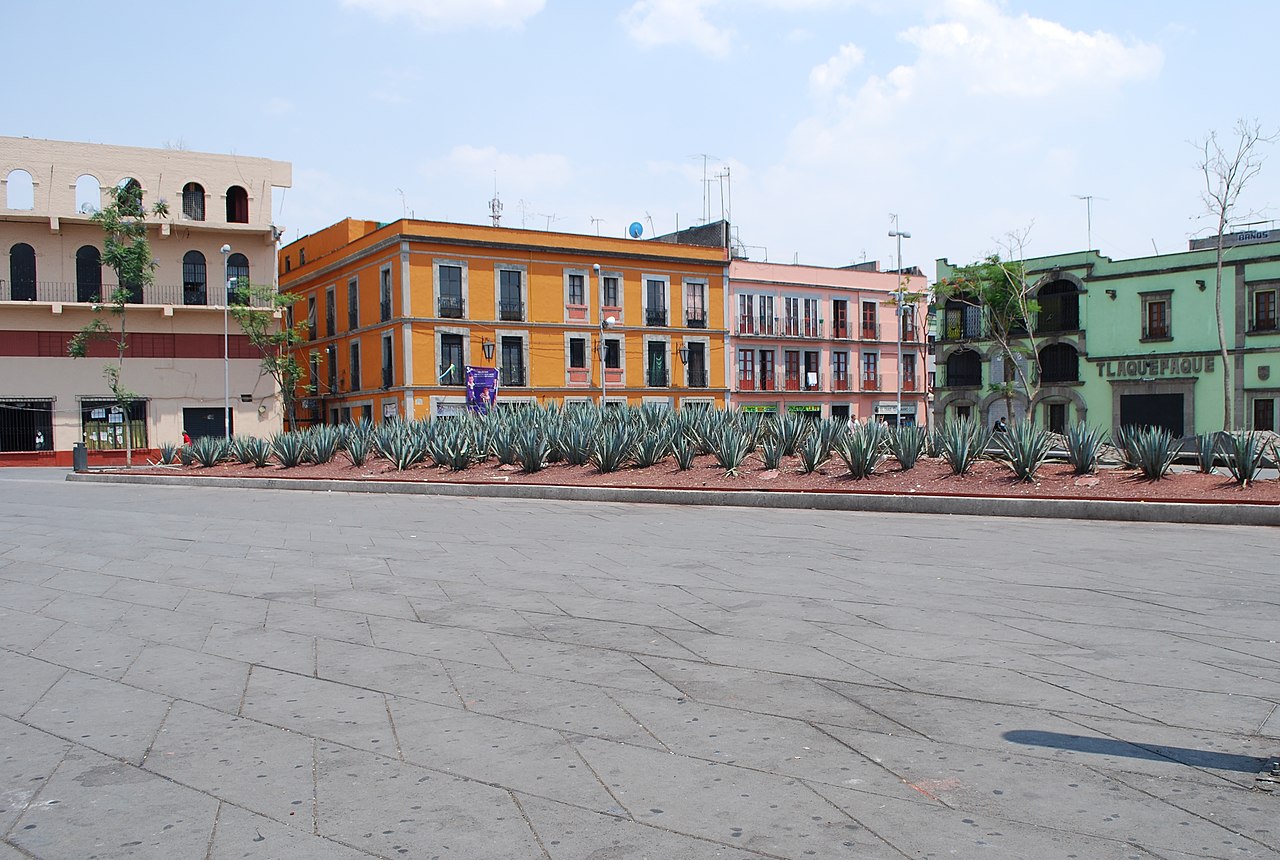
 https://www.facebook.com/plazaGaribaldiOfficial
https://www.facebook.com/plazaGaribaldiOfficial

相近 0.02 kms.
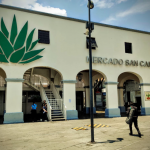
相近 0.06 kms.
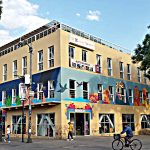
相近 0.11 kms.
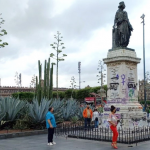
An important stop for Turibus and Capital Bus, it's more than just that...
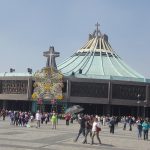
An un-mistakable symbol of the Basilica.

The main museum on Plaza Garibaldi is the perfect to the always happening street scene outside. A favorite for generations of crooners.
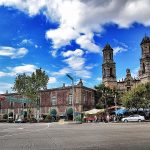
Presiding over Avenida Balderas like a fount of history, the Old Hipolito Church still strikes a somber chord.

You're first bet for getting to the Villa early and easy, it's just two blocks to the south.